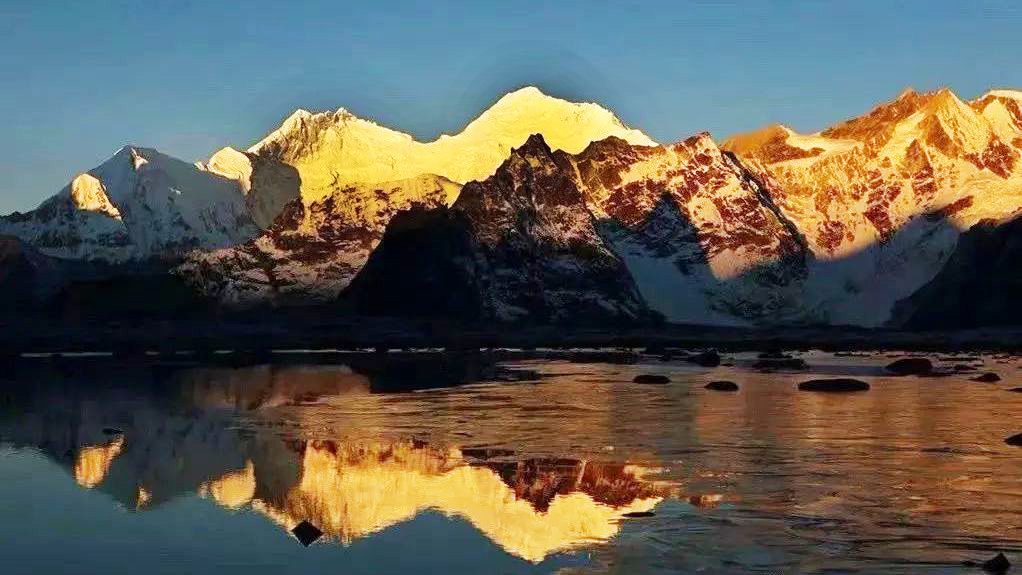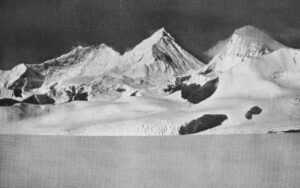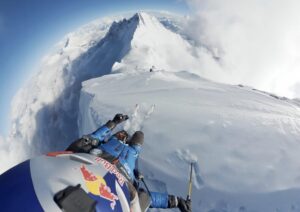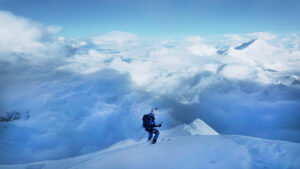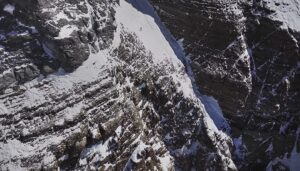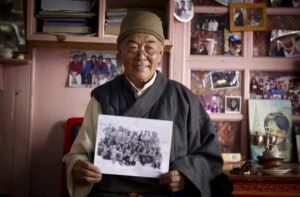Headlines worldwide today reported that 1,000 climbers were stranded on Everest and needed rescue. TV channels showed years-old footage of huge lineups of climbers in the Khumbu Icefall and on the Hillary Step to illustrate the story. The stranded individuals, they averred, were alpinists attempting to climb the 8,848m peak.
Everest has never been that popular in the fall. There are never any lineups; that’s a feature of spring Everest expeditions. So, no 1,000 climbers. Not at this time of year.
There is one expedition on Everest at the moment: An American National Geographic team, featuring filmmaker Jimmy Chin and skier Jim Morrison, is still on the Tibetan side. As far as we know, everyone has left the Nepalese side, after the season’s only two expeditions — Andrzej Bargiel’s ski effort and Tyler Andrews’ speed attempt — finished.
The so-called stranded climbers, whose images have gone viral, were actually trekkers hiking near Everest, but not on it. Had they actual plans to climb Everest, that would have been major mountaineering news, since they were on the eastern, Kangshung side of the mountain. That side has had only two previous ascents, both back in the 1980s.
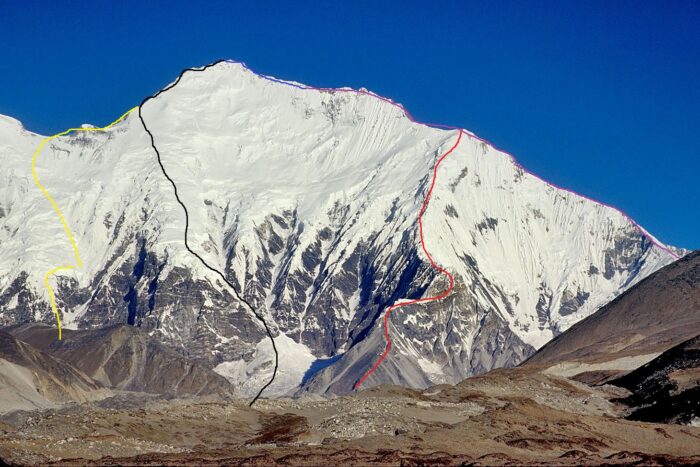
The East Face of Everest has two routes: the Neverest Buttress, in yellow, and the American Buttress, in black. The red line marks the Fantasy Ridge route. Photo and topos by Animal de Ruta
At least, the exaggerated headlines have given us the chance to discuss a little-known yet highly scenic side of Everest.
Off the beaten track
Kangshung “is famous for its pristine wilderness, beautiful lakes, and breathtaking views of 6,295m Mt. Karma Changri, along with the massive Khangsung Glacier,” writes Tibet Tour about its commercial trek.
“The area includes stunning glaciers…and the closest views of Lhotse (7,790m), Makalu (8,475m), as well as forested landscapes with many small lakes, pastures, and Tibetan nomad camps,” Tibet Shambhala Adventure adds.
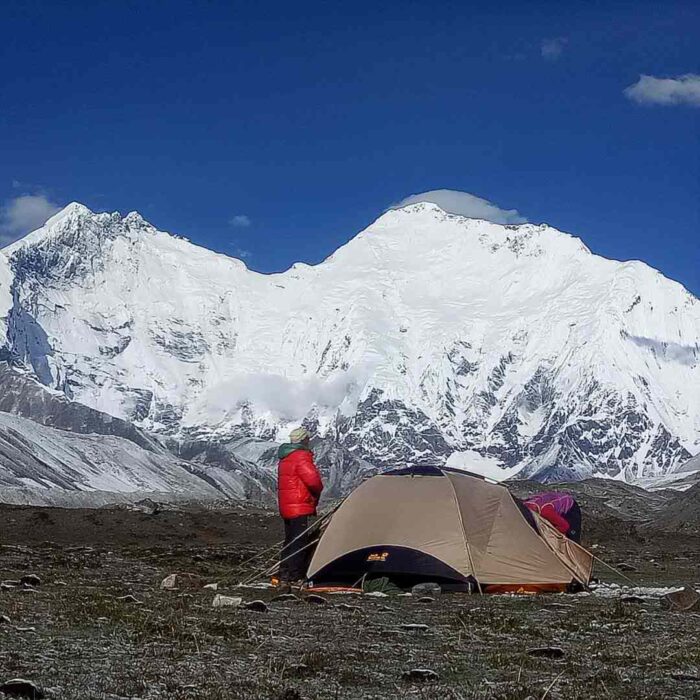
Base Camp overlooking the East Face of Everest. Lhotse stands at left in the image. Photo: Tibet Shambhala Adventure
Hiking routes in the area vary from day trips to two-week treks suitable only for skilled, well-acclimatized trekkers, as the routes venture above 4,000m, such as the one over 4,970m Shao La.
The most popular trip in the area is the Karma Gorge Trek, a six-day trip that begins at Chutang (Qudang), a town near Sigatshe. It traverses alpine meadows, passes lakes, then climbs to higher areas, to see the glaciers and views of Everest’s East Face, as well as Makalu, Lhotse, and Chomo Lonzo.
Local companies are required to arrange all trips in the area, and foreigners must obtain a visa and a trekking permit. A well-maintained road runs all the way to Base Camp on Everest’s North Side.
Stranded in the Karma Valley
The images that went viral on Sunday and Monday, showing a line of trekkers by a lake, were shot in the Karma Valley, near Shigatse, a Tibetan town near the Nepalese border.
We don’t know exactly what happened and where, since state-run Chinese media has offered only light coverage. However, the trekkers were apparently caught in worsening weather, witnesses told state broadcaster CCTV. Fresh snow soon covered the trails, and the trekkers became soaked. Some began to develop hypothermia.
At this post-monsoon time of the year, trekkers are not supposed to step on snow or glacial terrain. However, mountain weather is unpredictable, especially when some routes surpass 4,000m.
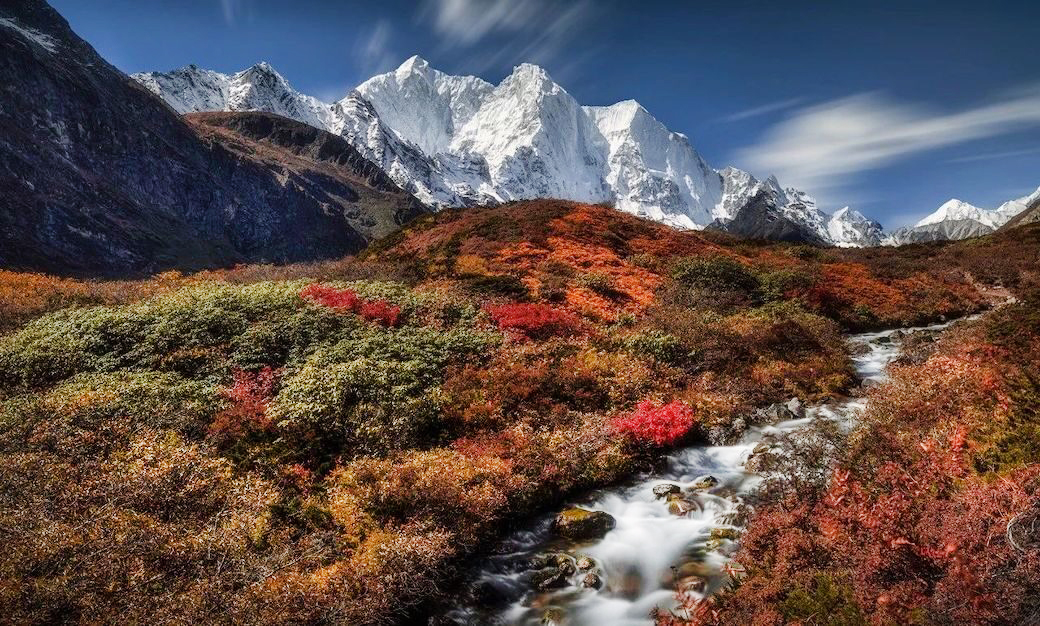
Alpine meadows and peaks in the Karma Gorge. Photo: ExploreTibet.com
No airlifts
Rescues in this area usually proceed by horseback or with the aid of yaks until a road is reached. There are no helicopters, although drones helped locate the stranded hikers. Chinese news reported that approximately 200 climbers were still being assisted back to town today.
It is unclear whether the fresh snow has blocked roads in the higher areas of Tibet. Jon Gupta, a UK guide currently at Cho Oyu‘s Advanced base Camp, 20km west of Everest, reported intense snowfall during the weekend, but no more than about 60cm at Base Camp (5,650m).
The Kangshung Valley is not the only area on the Tibetan plateau affected by the storm. At least 137 trekkers were rescued today in the Laohugou area of Qinghai province, further north.
South China Morning Post, quoting CCTV, said that one hiker died from hypothermia and altitude sickness on Sunday in Laohugou.
Plenty of advance warning
The storm hit both Tibet and large areas of Nepal, from Kathmandu to the mountains. It followed a remarkably long period of excellent weather in which hundreds summited Manaslu and also succeeded on Dhaulagiri and Cho Oyu. Climbers all knew the storm was coming, and any teams still on those 8,000m peaks had retreated from the higher camps in time to shelter from the snow and high winds.
“We saw this system on weather forecasts last Tuesday at lunchtime, and it hit Nepal on Friday evening,” Roland Hunter of the Mountain Company told ExplorersWeb. “The problem is that practically no trekking companies monitor the weather forecasts.”
At least one climber died on Mera Peak, a popular Nepalese trekking mountain, during the storm, and another remains missing. Today, searchers found the body of the deceased climber, a 46-year-old Korean man, and rescued his guide, who was still alive.
The weather has become sunny and dry again today, although high winds will continue at high altitude for some days in the Himalaya, on both sides of the border.
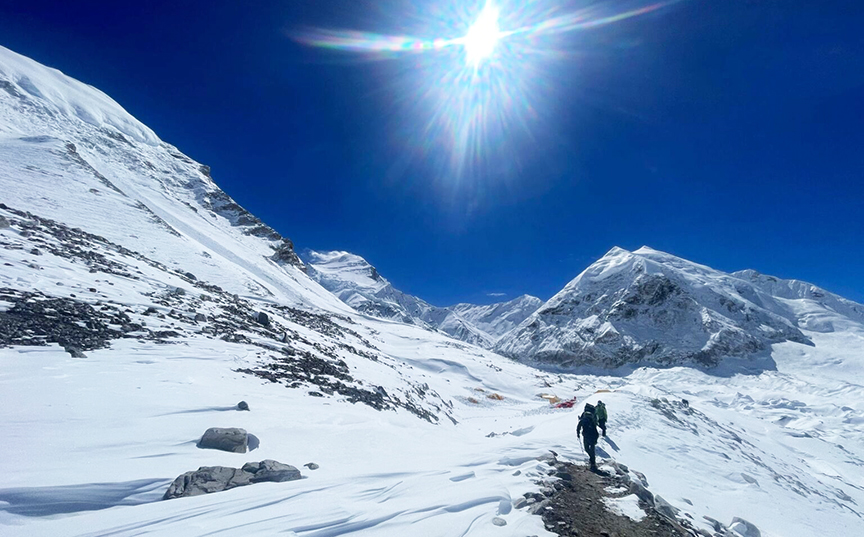
Deep blue skies at Cho Oyu’s Advanced Base Camp in Tibet earlier today. Photo: Jon Gupta/Adventure Consultants
